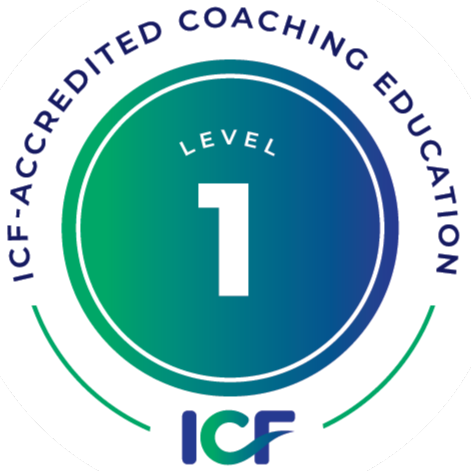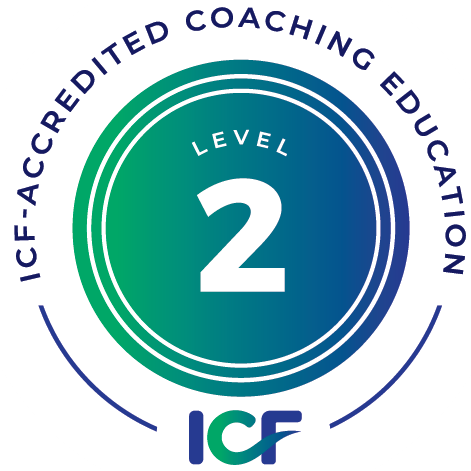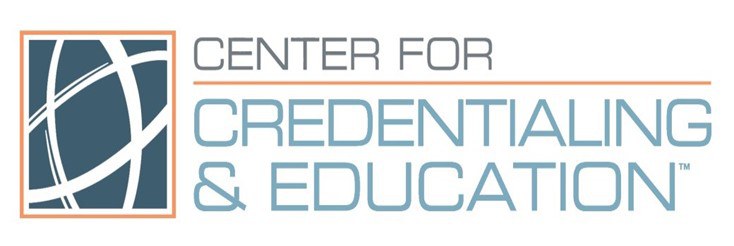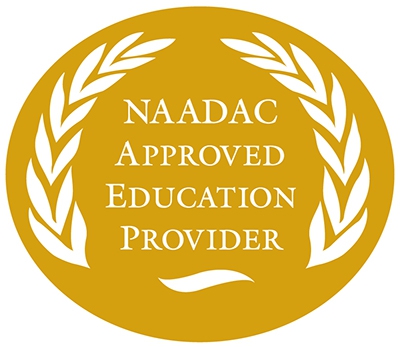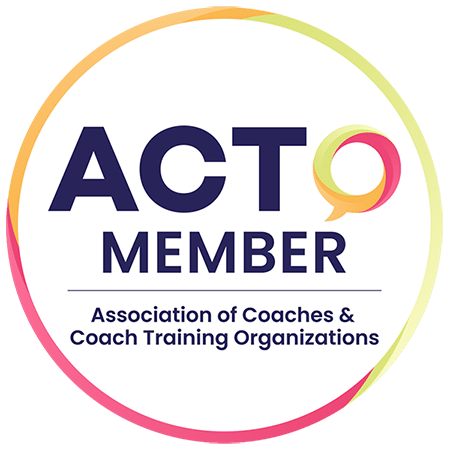
By: Candace Dorsey
“At the center of your being you have the answer; you know who you are and you know what you want.” — Lao Tzu
As coaches we strive to help our clients transform their lives in many ways that ultimately result in greater happiness, healthier bodies and minds, and a deeper sense of fulfillment. We must never fall into the rabbit hole of believing we know what is best for another human being. Our mission is not to cater to our own egos by becoming self-indulgent in our own arrogance but to facilitate the client’s discovery of deep-seated needs and wants. Then, the coach may experience and share that awareness with the client in a reflective manner. A coach accomplishes this by using coaching tools in a way that creates movement towards a process that facilitates the revelation of the truth from within the center of the client. This is often referred to in coaching lingo as “from the inside out.”
If we wish to share our concerns, we must do so in a non-intrusive way. Questions such as: “How do you think that might impact your family life?” or “What do you think the implications of that decision will be regarding your short-term financial situation?” A different or subsequent question might be about longer term financial goals. Thus, we engage the client in seeing the expanded implications of possible life-changing decisions. In this way, the client may become more fully prepared to deal with the ramifications of these decisions or may decide not to follow the initial plan of action.
One of the first things most financial planners (or the computerized self-help version of them) will seek to determine is how risk averse the person is. If the coach is personally quite different from the client—whether more conservative or more willing to sacrifice security for a chance to produce greater gain—the coach needs to take care that the questions do not go beyond inviting the client to make a fairly thorough self-assessment into an attempt to steer the client towards a level of risk that the coach is more comfortable with. Security and risk issues apply to relationship and career changes in much the same way.
I cannot say that there is only one truth, and even if there is, it will likely not be experienced as such in day-to-day life. Anyone who does marital or relationship counseling knows that whatever the truth might be, it is often quite elusive. The same event described by two or more different people is not at all the same event but two or more distinct versions. Perception is usually viewed as fact by those who perceive it no matter how distorted it might be.
Whether counselor or coach, it often becomes clear that the client’s self-image is often not an image of the self but a composite of the various images others have projected onto the self of the client and which the client has absorbed and integrated into an image of the self which is believed to be the authentic self-image but is actually an illusion.
In Vedic (Hindu) philosophy this illusion is called “maya” and is believed to veil the true self. It may also refer to the corporeal realm as a veil cloaking the spirit. A counselor may guide the client in exploring this illusion by more inquiry into the past while a coach may not dismiss the client’s comments about the past but will often use totally different questions that focus on the present and, occasionally, the future.
These questions often begin with “What…” or “How…” and invite the client to share with us. When we begin the session with “What would you like to accomplish today?” or “What would you like to take away from today’s session?” we encourage the client to begin exploration. When we use imagery or visioning our techniques are much more expansive and less directional. With imaginal techniques, the defenses against the exploration of what the client really thinks, feels, and desires are less likely to pop up like Jack out of the box and derail a journey towards the authentic self. Those projections of others may be revealed as not actually coming from within but from without.
Breath work, mindfulness, and meditation techniques may help the client learn to observe thoughts and feelings without self-judgment. Once in a relaxed state, the client can “simply take note of them” without any sort of evaluation. Later, the coaching technique “pondering” may be used about anything that comes up during a meditative exercise. The pondering may be done between coaching sessions as homework.
Pondering may lead to new insights and a different sort of awareness by shining the light into dark or dimly lit places within the self. Using light as a metaphor for spiritual illumination this could move the client towards some level of spiritual as well as personal enlightenment.
"Awareness is like the sun. When it shines on things, they are transformed." — Thich Nhat Hanh
Candace L. Dorsey, MA, NCC, LPC, BCC, is an ILCT student and became a Board Certified Coach (BCC) in May of 2012 and has been in solo practice as a Professional Counselor since 1995. She is on her own transformative journey from full time counselor to part-time life coach in semi-retirement. Candace thrives on helping her clients to become fully actualized individuals by identifying and clearing any impediments that block this process. She may be reached by email at cdorsey@bellsouth.net.
